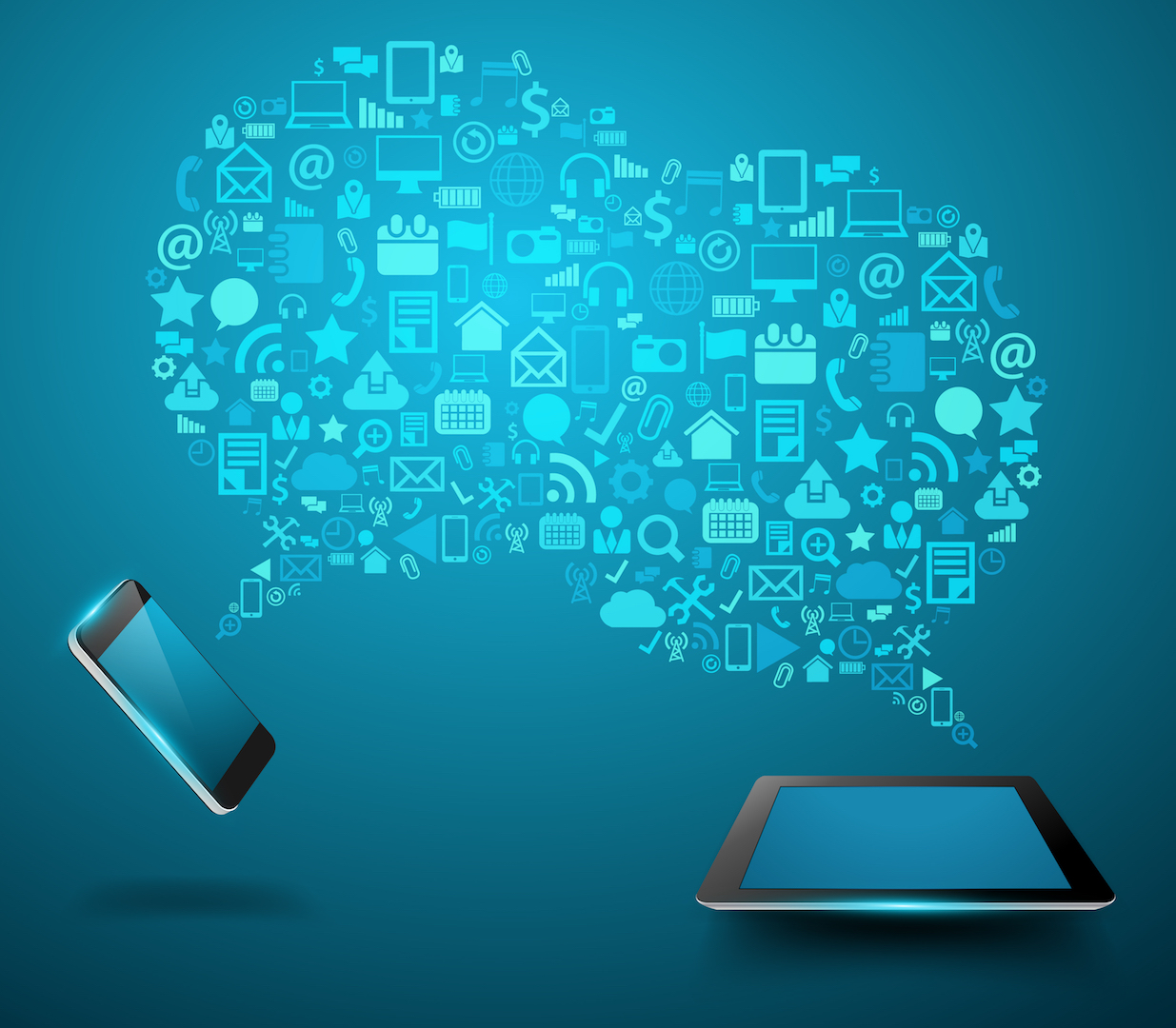
Compressing Sales Cycles with Conversational Marketing
Marketing Strategies Are Changing
Every B2C company has something in common: they want to increase sales. How each company goes about doing it varies tremendously. How do you market your company? How do you get your foot in the door? How do you close the deal?
As we all know, the internet has changed things. We can hardly imagine a world without it. It has given us access to unlimited information and connected us in ways never before imagined. As Thomas L. Friedman coined it, “the world is flat.” We are all on a level playing field when it comes to marketing. Today, it’s just as much about providing a pathway for your customers to reach you as it is about you reaching your customers.
Even Friedman recognized the shift back in 2005. “Companies that were paying attention understood they were witnessing the birth of the ‘self-directed consumer,’ because the internet and all the other tools for the flat world had created a means for every consumer to customize exactly the price, experience, and service he or she wanted.”
He was spot on a decade ago and consumer attitudes are cemented. The consumer has driven the change. Companies who still think they wear the pants in the relationship are going to fall behind. How do companies market to this “self-directed consumer?” Meet them where they are – and that’s increasingly more on messaging apps.
Messaging Apps Are The New Frontier
Messaging apps are hugely popular. More than 3 billion people use a social messaging app such as Facebook Messenger. Among Millennials, ages 18-34, 49 percent use messaging apps.
Where are these Millennials NOT spending their time? Television. In fact, according to a recent Nielsen report, between 2011 and 2016, traditional TV viewing by Millennials was down by almost 10 percent year-over-year and has now fallen 38 percent since 2011. In the space of five years, almost 40 percent of this age group’s traditional TV viewing has migrated to other activities or streaming.
All of these statistics prove the tide has changed and marketing efforts must evolve with it. TV advertising and other traditional methods of getting the consumer’s attention is being replaced with new calls to action. These CTAs must align with where the bulk of the consumers are spending their time. For example, you aren’t going to get many conversions if you’re asking a Millennial to call a 1-800 number. You’re probably not going to have much luck directing them to a company website, either.
If the majority of consumers now fall into this Millennial age bracket and even tech-savvy Gen Xers are expected to pass Baby Boomers in population by 2028, it’s time to transition your marketing and sales tactics to meet these millions of consumers where they expect to be met. They won’t tolerate anything different and your sales conversions are depending on it.
Instant Engagement with Facebook Messenger
The power of messaging apps is that it instantly connects people – people-to-people, people-to-company. Either way, the consumer is talking with a real person. If a B2C company wants to truly engage with a prospect and boost the odds they’ll become a customer, they must provide them with access to a real person who can start a dialogue, whether a brand representative, sales agent or product expert.
Thanks to Facebook Messenger and similar messaging apps, these direct connections are easier than ever. Companies can add a conversational marketing component to their advertising strategy and media plan. Rather than direct consumers to read a webpage or watch a video, they can start a conversation with them to learn more about their needs before recommending more personalized content.
Implementing Conversational CTAs
Conversational CTAs can be applied to in-store signage, billboards, public transportation signs, digital spaces and even commercials. The CTAs do what they always have done – invite people to learn more. What’s different? These conversational CTAs invite them to learn more through a human-to-human dialogue right there, on the spot. Why does this matter? Because conversion rates increase when the consumer has a personal connection and positive experience with a brand. What better way to provide that than in the moment when the prospect has shown an interest in your brand or product?
An example of how to include conversational CTAs in a marketing strategy might be to display the Facebook Messenger logo throughout a store, with the caption, “Need help? Message us for instant access to your own shopping assistant.” All the customer has to do is open their Facebook Messenger app and type in the store name and a question. A live agent can be ready to step in to answer questions, provide recommendations, offer to find a out-of-stock item online, provide helpful tips, cross-sell, and upsell. In any case, the consumer is now engaged with an expert.
Another use case might be with a product launch. A car dealership advertising their 2017 models might direct the TV audience to message them instead of the typical CTA, “contact your local dealer.” Why leave it up to the viewer to find the time to look up the phone number and when the dealership is open, and wait for a receptionist to answer and direct their call? With Facebook Messenger, you can provide a quick way for them to be instantly connected to an agent who can set up a test drive for them at their nearest dealership.
Facebook Messenger is the easiest way to accelerate advertising conversions because it invites the consumer to engage at the right moment with a human who can start a dialogue. It’s the dialogue that begins to build relationships. Leverage it with any advertising campaign and see how many conversions come your way.
Ready to take the next step? Read about LiveWorld’s software support for Facebook Messenger to learn how to scale quality conversations and deliver seamless bot to human transitions.
 Liveworld
Liveworld
